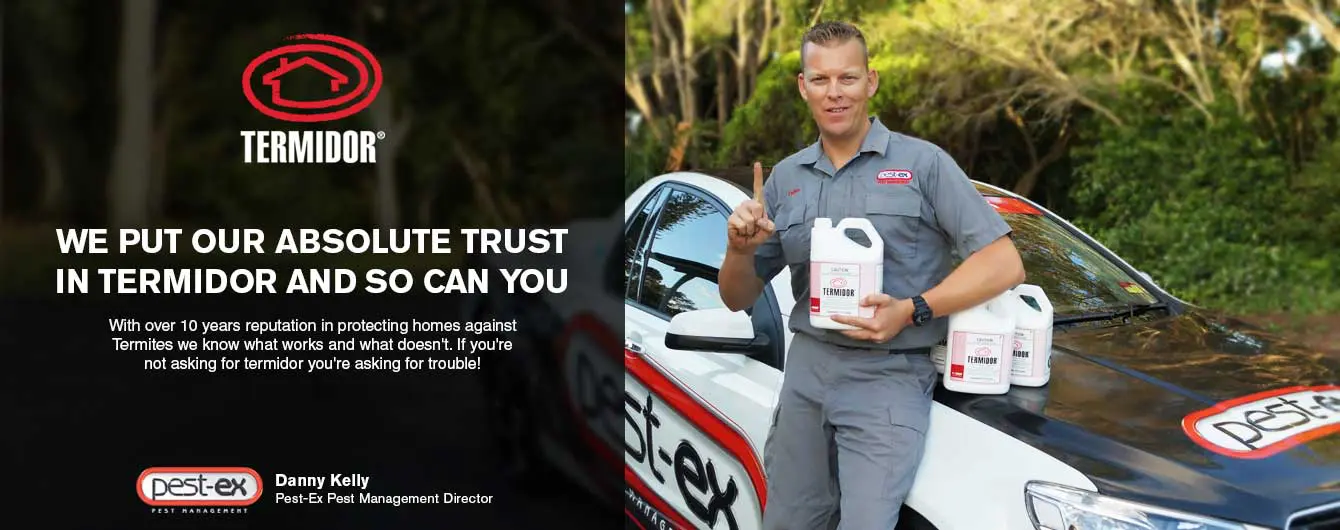Pest inspections are a crucial part of property ownership, whether you’re buying, selling, or maintaining a home or business. These detailed checks help uncover hidden infestations and vulnerabilities that can cause serious damage, health risks, and costly repairs if left untreated. Unlike general pest control treatments, pest inspections are designed to detect the presence of pests and assess the level of risk—before it’s too late.
With growing awareness of the long-term impacts of pest problems, more people are opting for regular pest inspection as a preventative measure. This article explores everything you need to know about pest inspections: why they matter, what they involve, when to schedule one, and how they help protect your investment.
What Is a Pest Inspection?
A pest inspection is a thorough evaluation of a building and its surroundings to detect signs of pest activity or conditions that may attract pests. Carried out by licensed professionals, pest inspections look for evidence of termites, rodents, cockroaches, ants, spiders, wood borers, and other common pests that can damage structures or affect human health.
The inspection typically covers both the interior and exterior of the property, including the roof void, subfloor, walls, foundations, gardens, fences, and outbuildings. Inspectors use a combination of visual assessments, moisture meters, tapping tools, and sometimes thermal imaging cameras to detect signs that may not be visible to the naked eye.
Why Pest Inspections Are Important
Protecting Property Value
One of the primary reasons to invest in pest inspections is to protect your property’s value. Termites alone cause billions of dollars in structural damage globally each year. A hidden infestation can lower a property’s market value and lead to expensive repairs if not caught early.
Preventing Health Risks
Many pests carry diseases or trigger allergies and asthma. Cockroaches, rodents, and even bird droppings can introduce bacteria and pathogens into your home. A pest inspection helps ensure your living environment is healthy and safe.
Early Detection Saves Money
The earlier you identify a pest issue, the less damage is done and the cheaper it is to fix. Regular inspections reduce the risk of large-scale infestations that require major treatments or renovations.
Compliance and Legal Protection
In commercial settings, especially in food handling or hospitality businesses, regular pest inspections may be required by law. For landlords and real estate professionals, inspections offer documentation that helps meet compliance and protects against liability.
Types of Pest Inspections
Pre-Purchase Pest Inspections
Before buying a home or investment property, a pre-purchase pest inspection is essential. It uncovers any existing pest activity or structural damage caused by pests that may not be obvious during a regular building inspection. This gives buyers the power to negotiate the sale price, request repairs, or back out of the deal if major issues are found.
Annual Pest Inspections
Even if you’re not planning to sell or buy a property, annual pest inspections are a smart way to stay ahead of potential infestations. In areas prone to termites or other destructive pests, routine inspections help prevent long-term damage and keep pest control costs down.
Commercial Pest Inspections
Businesses, particularly those in hospitality, healthcare, retail, or food production, require regular pest inspections to maintain hygiene and safety standards. These inspections are often part of a broader pest management program and may be required for industry certification.
Post-Treatment Inspections
After a pest treatment, a follow-up inspection is often conducted to ensure the pests have been fully eradicated and the treatment was successful. This is especially important for severe infestations or termite treatments that involve long-term baiting systems.
What a Pest Inspector Looks For
Professional pest inspectors are trained to detect even the subtlest signs of infestation or vulnerability. Some of the things they look for include:
-
Hollow-sounding timber, a sign of internal termite damage
-
Mud tubes along walls or foundations, used by subterranean termites
-
Frass or droppings from insects such as cockroaches and termites
-
Chewed wiring, insulation, or food packaging indicating rodents
-
Nesting materials in roof voids or wall cavities
-
Entry points such as cracks, gaps, and unsealed vents
-
Moisture build-up, which attracts many pests
-
Wood decay or fungus, which often coincides with termite activity
Tools and Techniques Used in Pest Inspections
Pest inspectors use a range of professional tools and equipment to carry out their work efficiently:
-
Moisture meters help detect hidden water leaks or damp conditions attractive to termites.
-
Thermal imaging cameras reveal temperature differences that may indicate pest nests, moisture, or hollow areas in walls.
-
Borescopes allow inspectors to look inside walls or narrow spaces.
-
Tapping sticks are used to test the integrity of timber by sounding it out.
-
Termite radar or detection devices can pick up vibrations or movement inside walls and timber structures.
What Happens After the Inspection
Once the inspection is complete, the pest professional provides a detailed report outlining:
-
Any signs of current or past pest activity
-
Areas of concern, such as water leaks, wood damage, or structural vulnerabilities
-
The level of risk based on the property’s condition and location
-
Recommendations for treatment or preventative measures
-
Photos and diagrams to support findings
This report can be shared with property owners, buyers, agents, or landlords to assist in making informed decisions.
Cost of Pest Inspections
The cost of a pest inspection can vary depending on the size of the property, its location, and the type of inspection needed. On average, a standard residential pest inspection may cost between $200 and $400. Combined building and pest inspections are often available as a package and offer better value when purchasing a home.
While this might seem like an added expense, the investment can save thousands of dollars in repair costs and help you avoid buying a property with hidden problems.
Pest Inspection vs. Building Inspection
A building inspection focuses on the structural integrity of a property—checking the roof, foundation, walls, plumbing, and electrical systems. A pest inspection is more specific and focuses on pests and conditions that could attract or harbor them. For the most comprehensive assessment, both inspections should be conducted, especially during a real estate transaction.
How Often Should You Schedule a Pest Inspection?
In pest-prone regions or areas with high humidity, annual inspections are highly recommended. Properties surrounded by trees, gardens, or bodies of water are at increased risk and may require more frequent checks. Business premises with food or waste exposure might need inspections every quarter or even monthly, depending on regulations.
Choosing a Reliable Pest Inspector
When selecting a pest inspection service, it’s important to ensure that the inspector is licensed, experienced, and insured. Look for companies that:
-
Are accredited by local or national pest management associations
-
Offer detailed, written reports with recommendations
-
Use up-to-date technology and non-invasive methods
-
Have positive customer reviews and testimonials
-
Provide warranties or guarantees for treatment plans
Always ask about their process, turnaround time for reports, and what pests are included in the inspection.
Benefits of Preventative Pest Inspections
Proactive pest inspections are far more cost-effective and less stressful than reacting to a full-blown infestation. Regular inspections allow you to:
-
Catch issues before they become serious
-
Maintain a healthier living or working space
-
Prolong the life of your property’s structure
-
Ensure compliance with health and safety regulations
-
Avoid last-minute surprises during property sales or rentals
Pest Inspections for Property Sellers and Landlords
If you’re planning to sell or rent out your property, having a pest inspection done beforehand can provide peace of mind to potential buyers or tenants. A pest-free certificate can add value to your property and help close deals faster. For landlords, keeping up with inspections ensures tenant safety and helps prevent legal disputes related to pest issues.
Conclusion: Don’t Wait Until It’s Too Late
Pest inspections are a vital component of property care, offering early detection, peace of mind, and long-term cost savings. Whether you’re a homeowner, a first-time buyer, a landlord, or a business owner, scheduling a professional pest inspection is one of the smartest steps you can take to protect your investment.
The damage pests can do is often silent but devastating. With the right inspection and timely action, you can stay ahead of infestations, keep your property in top condition, and enjoy a healthier, safer environment. Regular pest inspections aren’t just a safety measure—they’re a necessity in today’s property landscape.




